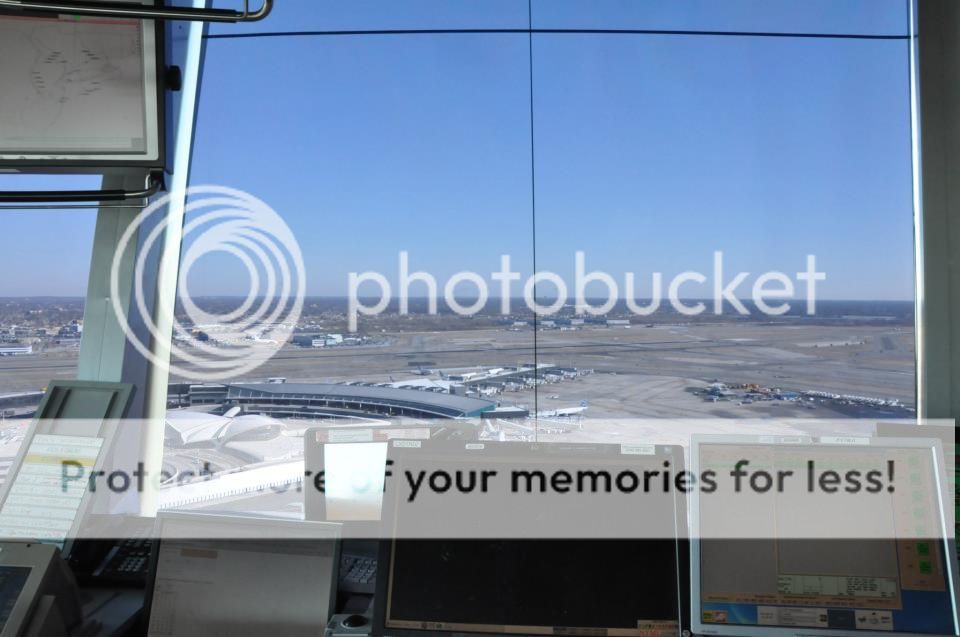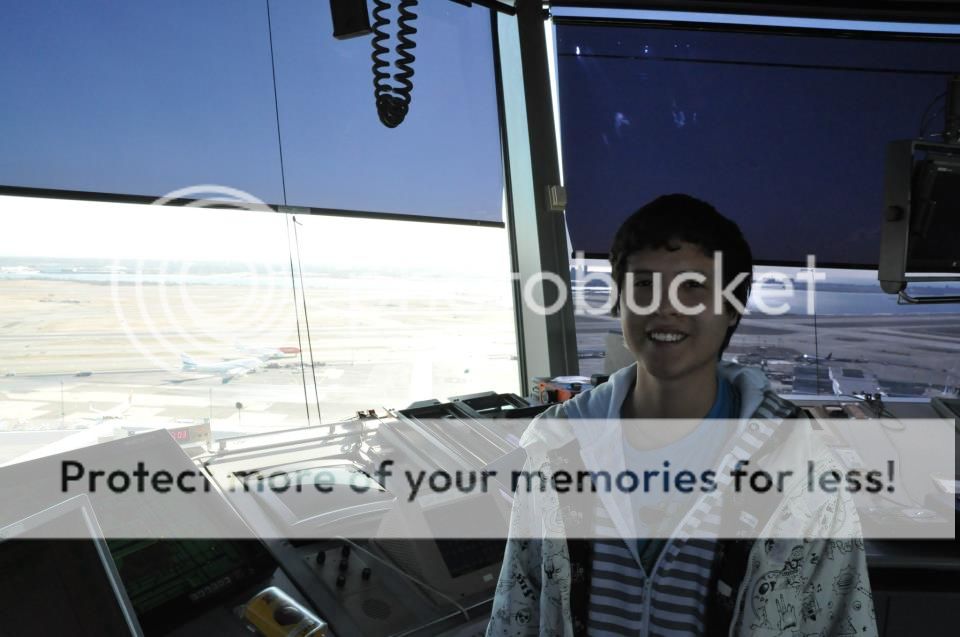They will hand you off to approach
It does not terminate when handed off, approach just takes over. You will still be squawking but now talking to approach.
If you land at a non towered fields, they will ask you to tell them when you have the field in sight. Once you tell them you have the field, they will let you know if there are any...... KNOWN... aircraft between you and the field and have you squawk 1200 and approve frequency change.
There is not a lot for you to initiate on FF they tend to handle it all and tell you what to do. Once in a blue moon, they may forget about you and you may pipe up and ask if you need to change freq. or something but that isn't likely.
At any point during your flight, you can say "I wish to cancel FF" if you like but you are never required to do so.
See the red outlined above...


 ..
..



